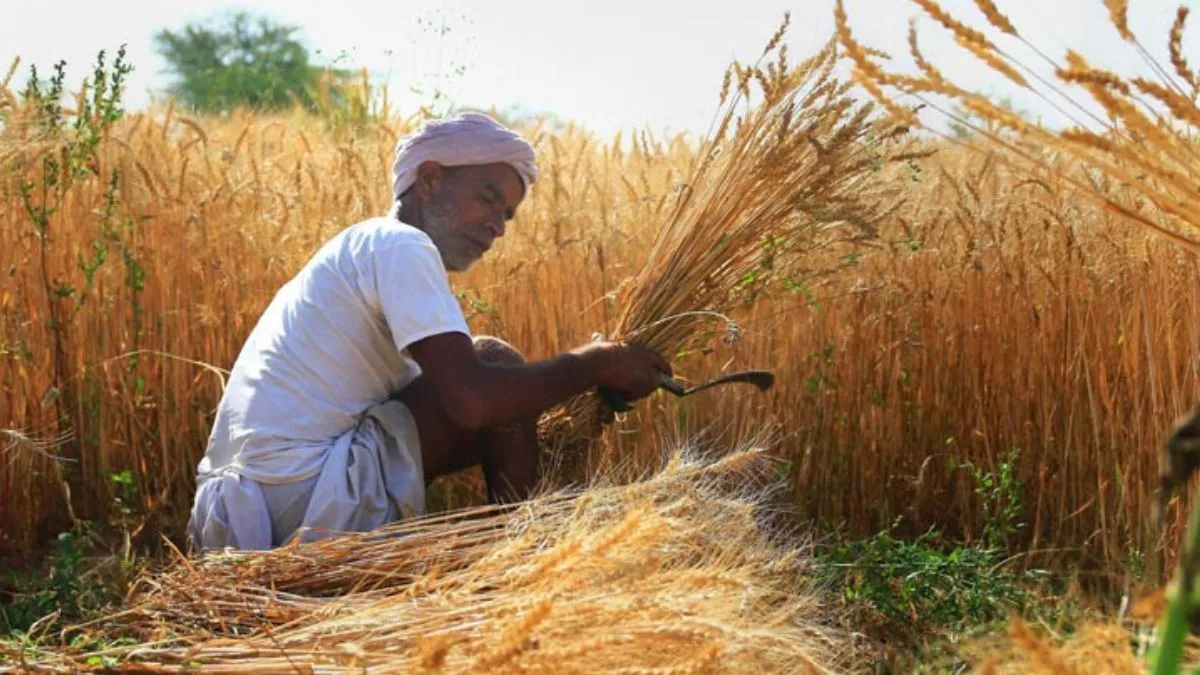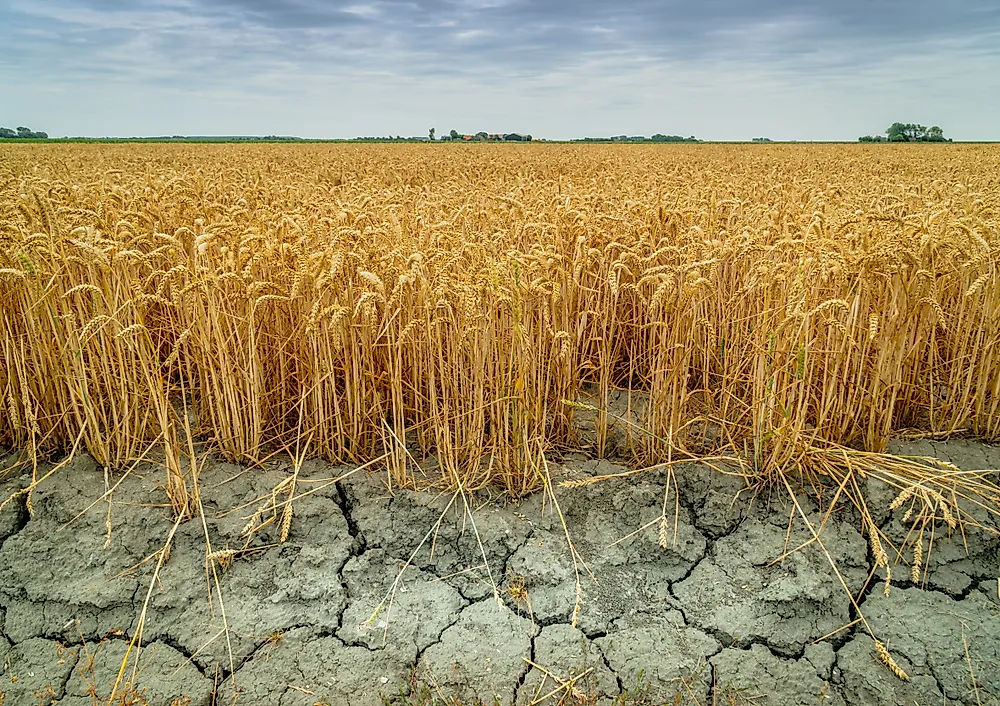Impact of adverse weather on Indian economy and stock market
El Nino has been blamed for 60% of the Indian droughts in the past 130 years when rainfall was more than 10% below normal levels.

Impact of adverse weather on Indian economy and stock market:
Analysts and economists are expressing concerns about the potential impact of the El Niño effect on the Indian economy and financial markets during the upcoming monsoon season. The El Niño phenomenon refers to the warming of ocean temperatures in the Pacific, which can have significant global weather implications.

There are fears that the forthcoming monsoon season in India, expected a few months from now, may experience drought-like conditions in 2023 due to the El Niño effect. This could have adverse effects on agricultural output and lead to high inflation, as agriculture plays a vital role in India’s economy.
According to the ENSO Forecast data from the Australian Bureau of Meteorology as of March 14, 2023, there is a roughly 50% chance that El Niño conditions will develop. This likelihood is approximately twice the normal probability. It’s important to note that an El Niño WATCH designation does not guarantee the occurrence of El Niño, but rather indicates that some of the typical precursors associated with the phenomenon are currently observed.
The potential impact of El Niño on the Indian economy and financial markets underscores the importance of monitoring weather patterns and their potential repercussions. Investors, policymakers, and individuals involved in the agriculture sector should closely follow updates on the monsoon season and consider how it may affect their respective areas of interest.
Historically, El Niño has been associated with Indian droughts. Approximately 60% of Indian droughts in the past 130 years have occurred when rainfall was more than 10% below normal levels, attributed to the presence of El Niño. Over the past decade, there were two instances of drought in India, coinciding with El Niño years. When looking at a longer time span of 20 years, there were four and five instances of drought during El Niño years.
However, it is important to note that not all El Niño years necessarily result in droughts. For example, in 2007, despite the presence of El Niño, rainfall in India was at normal levels, and no drought occurred. On the other hand, during the last occurrence of El Niño in 2009, rainfall was recorded at 23% below normal, leading to drought-like conditions.
The impact of El Niño-induced droughts in India extends beyond agricultural output. In instances of drought, food prices tend to rise, and commodities such as rice and sugar cane can be particularly affected. The higher prices of these commodities can have global implications, as seen with record-high sugar prices globally in 2009-10.

Considering the historical patterns, it is understandable that analysts and economists express concerns about the potential impact of the El Niño effect on the Indian economy and global markets. However, it’s important to note that weather patterns are complex and influenced by multiple factors, making precise predictions challenging. Monitoring updates from meteorological agencies and considering expert analysis can provide valuable insights into the potential implications of El Niño on various sectors and markets.
According to the US National Oceanic Atmospheric Administration (NOAA), there is a 55%-60% probability of an El Niño phenomenon occurring during June-December 2023. This probability is considered to be the highest in many years. If these predictions hold true, the monthly economic review of India’s finance ministry in February 2023 suggests that monsoon rains could be deficient, which could result in lower agricultural output and higher prices.
It’s important to note that weather predictions, including those related to El Niño, are subject to uncertainties, and the actual outcomes may differ from initial forecasts. However, based on the information available at the time of the finance ministry’s review, the concern was expressed regarding the potential impact on the Indian economy and agricultural sector if the predicted El Niño event were to occur.
Deficient monsoon rains can adversely affect agricultural activities, as water availability is crucial for crop growth. Lower agricultural output could result in reduced yields and potentially higher prices for agricultural commodities. The impact may extend beyond the agricultural sector, as food prices can have broader implications on inflation and overall economic conditions.
Monitoring updates from meteorological agencies, such as the NOAA, along with local weather agencies, can provide further insights into the development and potential impact of El Niño on the monsoon season and its implications for the Indian economy in 2023.
Commodities and Commodity Stocks
Given the historical impact of El Niño on commodity prices and production, commodity investors may find opportunities to capitalize on the potential rise in prices due to El Niño-related shortages. In previous instances of El Niño, such as in 2002-03, monsoon deficits led to a decline in castor seed production by 34%, resulting in a 30% increase in prices during the summer. Similarly, during the El Niño year of 2009-10, sugar prices reached all-time highs in global markets.

This year, the crop of oilseeds like castor seeds, groundnuts, and soybeans could be affected by El Niño. Among pulses, moong, urad, and toor production might be particularly impacted. Moreover, sugar, rice, and cotton prices are also likely to increase due to potential supply constraints.
Data from the Food Corporation of India suggests that wheat reserves are currently at their lowest level since 2017, indicating a tight supply situation.
Given these factors, commodity investors may consider monitoring the potential effects of El Niño on commodity prices and production. It’s important to conduct thorough research and analysis of specific commodities, supply and demand dynamics, and global market conditions before making any investment decisions in commodity stocks or futures. As with any investment, it’s advisable to seek professional advice and consider individual risk tolerance and investment goals.




